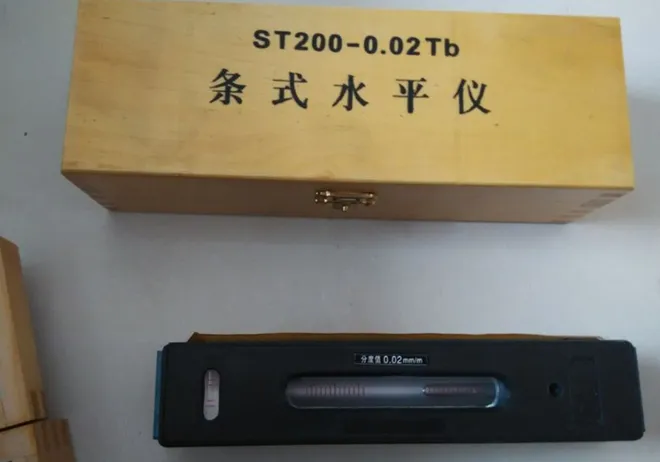Desemba . 04, 2024 16:13 Back to list
water pressure control valve
Understanding Water Pressure Control Valves
Water pressure control valves are essential components in modern plumbing and irrigation systems, designed to regulate and maintain appropriate water pressure levels. These valves not only enhance system performance but also prevent damage due to excessive pressure, ultimately safeguarding the infrastructure. This article delves into the workings, types, applications, and benefits of water pressure control valves.
What is a Water Pressure Control Valve?
Water pressure control valves, often referred to as pressure reducing valves (PRVs) or pressure relief valves, are devices that modulate the water pressure within a plumbing or irrigation system. Their primary function is to maintain a steady output pressure despite fluctuations in the inlet pressure. This consistent performance is crucial for protecting sensitive equipment, ensuring efficient water delivery, and conserving water resources.
How Do They Work?
The operation of a water pressure control valve is relatively straightforward. The valve is typically installed in a pipeline and functions through a diaphragm or piston mechanism. When water enters the valve, the pressure is measured by the internal sensing element, which then adjusts the opening of the valve accordingly.
1. Pressure Regulation When the inlet pressure exceeds the set point, the valve's mechanism closes slightly, reducing the flow and subsequently lowering the output pressure. Conversely, if the inlet pressure drops, the valve opens further, allowing more water to flow through until the desired pressure is achieved.
2. Adjustment Settings Most PRVs come with adjustable settings, allowing users to define the desired output pressure based on specific requirements. Adjustments can usually be made via a simple screw mechanism or knob located on the valve.
Types of Water Pressure Control Valves
There are various types of water pressure control valves, each designed for specific applications
1. Pressure Reducing Valves (PRVs) These are the most common type and are typically used in residential and commercial buildings. They reduce the incoming high pressure to a lower, usable level.
2. Pressure Relief Valves (PRVs) These valves are designed to prevent excessive pressure buildup in a system, functioning as safety devices that open when pressure exceeds a predetermined level.
3. Float-Controlled Valves Often used in irrigation systems, these valves adjust automatically based on the water level, maintaining appropriate pressure levels.
4. Electronic Control Valves These modern valves can be integrated into smart irrigation systems or building management systems, allowing for remote monitoring and adjustments.
water pressure control valve

Applications of Water Pressure Control Valves
Water pressure control valves are utilized in a variety of applications
- Residential Plumbing They ensure that household water supply remains at safe levels, which protects appliances like dishwashers, washing machines, and hot water heaters from damage.
- Commercial Buildings PRVs help manage the water supply in larger buildings, providing reliable pressure for HVAC systems and fire suppression systems.
- Irrigation Systems In agricultural settings, these valves optimize water delivery, ensuring crops receive adequate irrigation without wastage due to overpressure.
- Industrial Settings Valves control water pressure in complex processes, maintaining safety and efficiency in operations.
Benefits of Using Water Pressure Control Valves
Incorporating water pressure control valves in a system provides numerous benefits
1. Preventative Maintenance They help avoid costly repairs by preventing damage from excessive pressure.
2. Water Conservation By regulating flow rates, these valves minimize water wastage, supporting sustainable practices.
3. Enhanced System Performance Consistent water pressure improves the efficiency of plumbing and irrigation systems, leading to better performance in appliances and processes.
4. Increased Lifespan of Equipment By protecting against hydraulic shock and pressure fluctuations, valves extend the life of plumbing systems and appliances.
Conclusion
Water pressure control valves play a vital role in modern water management. By ensuring consistent pressure levels, they protect infrastructure, enhance system efficiency, and promote water conservation. Understanding the different types of valves and their applications can help users make informed decisions, leading to better maintenance and optimization of their plumbing and irrigation systems. Whether in residential, commercial, or agricultural settings, investing in reliable water pressure control valves is essential for sustainable water use and protection of valuable assets.
-
thread-plug-gauge-our-promise-of-measurement-excellenceNewsAug.22,2025
-
gauge-pin-class-reflecting-quality-legacyNewsAug.22,2025
-
check-valve-types-for-high-rise-buildingsNewsAug.22,2025
-
water-control-valve-for-irrigation-systemsNewsAug.22,2025
-
gate-valve-with-soft-seal-technologyNewsAug.22,2025
-
y-type-strainer-for-oil-and-gas-applicationsNewsAug.22,2025
Related PRODUCTS









